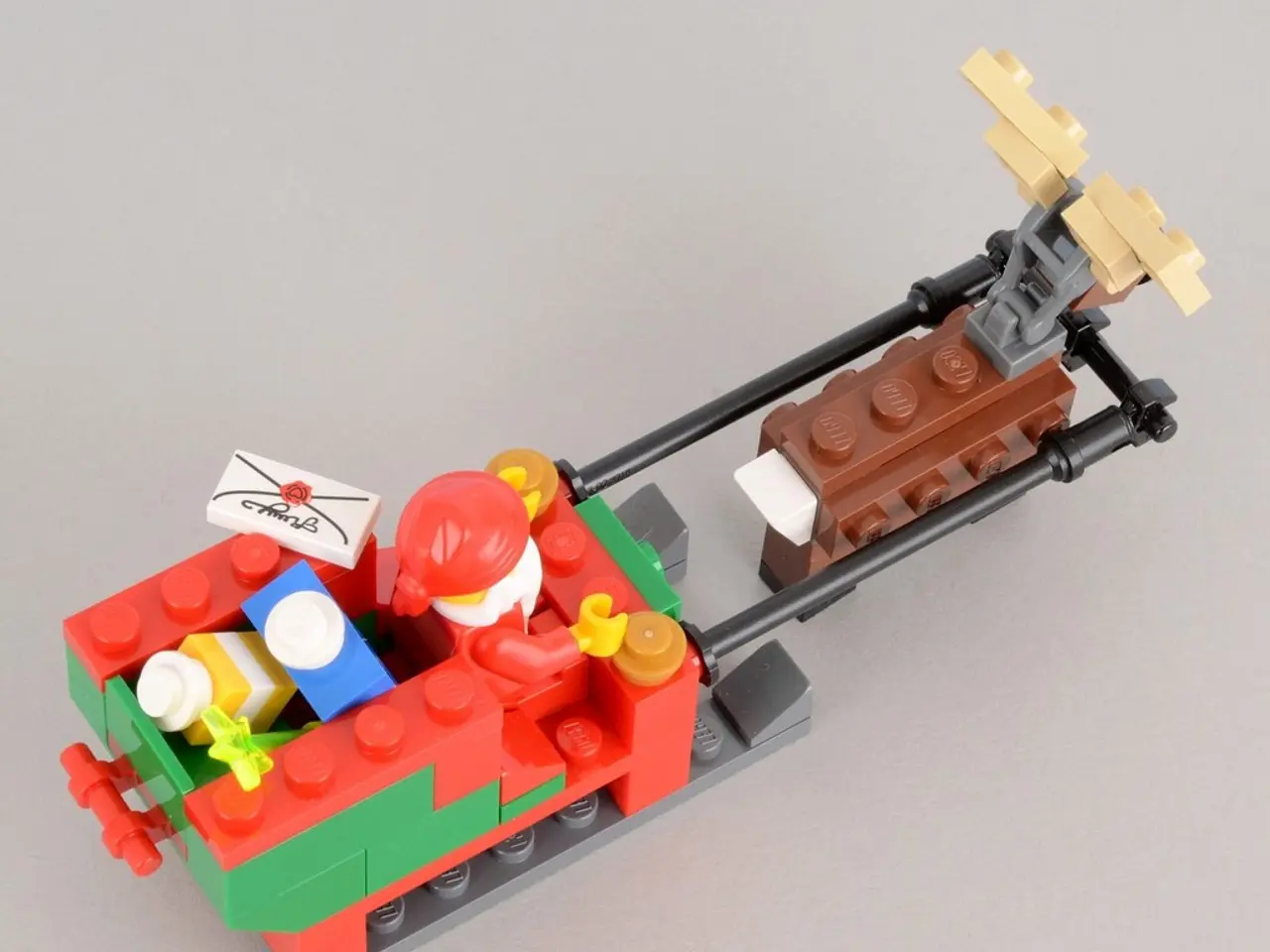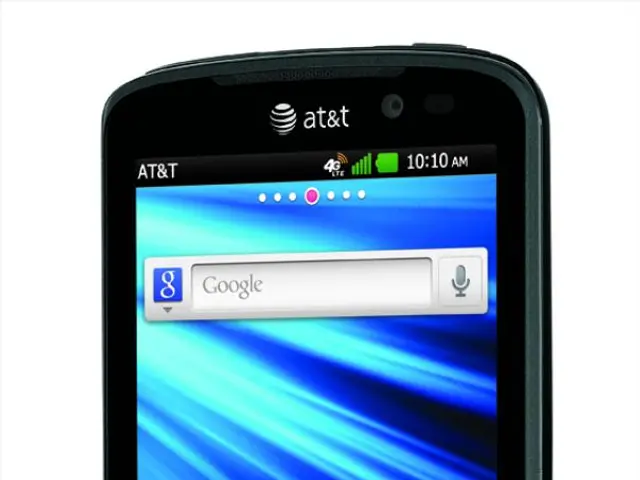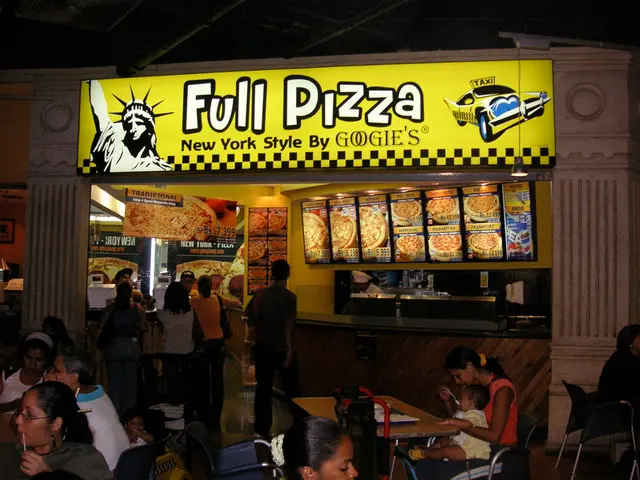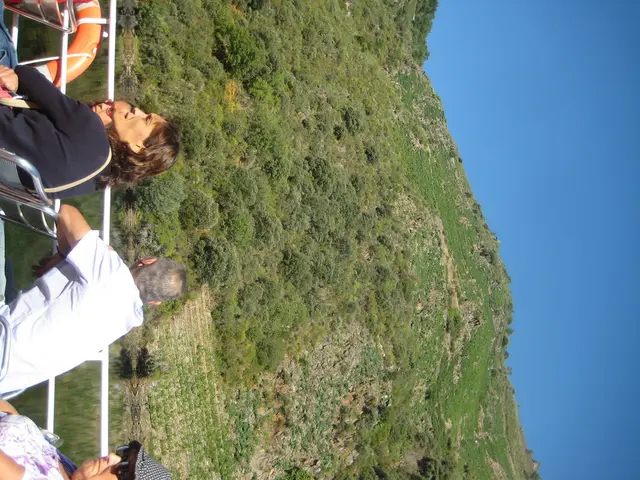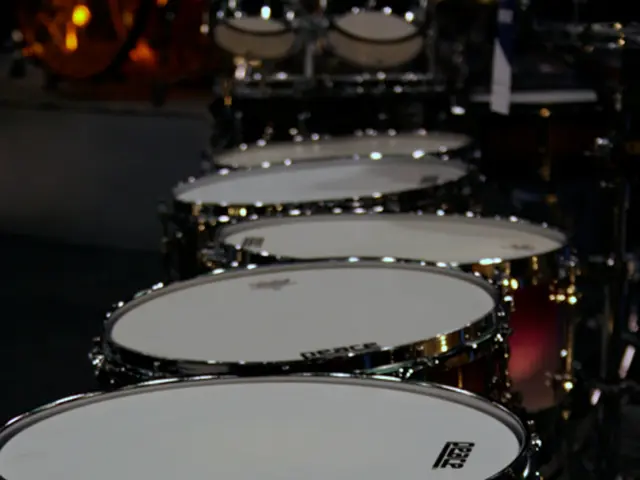Scratch: An Overview and Functionality. Latest Developments?
Scratch, a free block-based programming tool developed by MIT Media Lab, is revolutionising the way children aged 8 to 16 learn to code. Founded by Mitch Resnick, Scratch is designed to teach coding in a visually engaging way, making it accessible for young learners.
With Scratch, students can code various digital applications such as musical instruments, video motion detection with a camera, text-to-speech conversion, Google Translate integration, and more. The platform is compatible with other real-world projects like LEGO Mindstorms EV3 and BBC Micro:bit, expanding the potential outcomes of the coding platform.
Scratch is available in at least 70 languages worldwide, making it accessible to a global audience. To facilitate easier student account management and direct commenting, educators can create a Scratch Teacher Account, which needs to be requested directly from Scratch.
The Scratch online community offers interaction opportunities, including commenting, tagging, favouriting, and sharing projects of others. As of publishing, Scratch has more than 67 million projects shared by over 64 million users, with 38 million monthly visitors. Educators have access to the ScratchEd community where they can share resources, ask questions, and find fresh ideas for future projects.
Scratch primarily teaches students action event-based coding in a simplified manner. The platform consists of three main sections: a stage area, a block palette, and a coding area. The stage area displays the results of the project, such as an animated video. The block palette contains all the commands that can be dragged and dropped into the project via the coding area.
The coding area is where students arrange pre-written commands to create actions. Scratch uses a block code-based interface, making it easier for students to understand and apply coding concepts. Scratch 4.0 has recently undergone visual updates to make the platform more engaging for students, including changes to the logo color, high contrast blocks, and enhanced icons for views, loves, and favourites that are colour-blind friendly.
Coding learned through Scratch can be helpful in potential future coding and programming studies and employment opportunities. With Scratch hosting Scratch Design Studio challenges that encourage students to compete, learning to code with Scratch can also foster a competitive spirit and a love for problem-solving.
Scratch is completely free to use, sign-up, and collaborate, with the exception of external devices like LEGO, which need to be purchased separately. With its user-friendly interface, diverse project possibilities, and global community, Scratch is an invaluable resource for children learning to code.
Read also:
- Peptide YY (PYY): Exploring its Role in Appetite Suppression, Intestinal Health, and Cognitive Links
- Toddler Health: Rotavirus Signs, Origins, and Potential Complications
- Digestive issues and heart discomfort: Root causes and associated health conditions
- House Infernos: Deadly Hazards Surpassing the Flames
